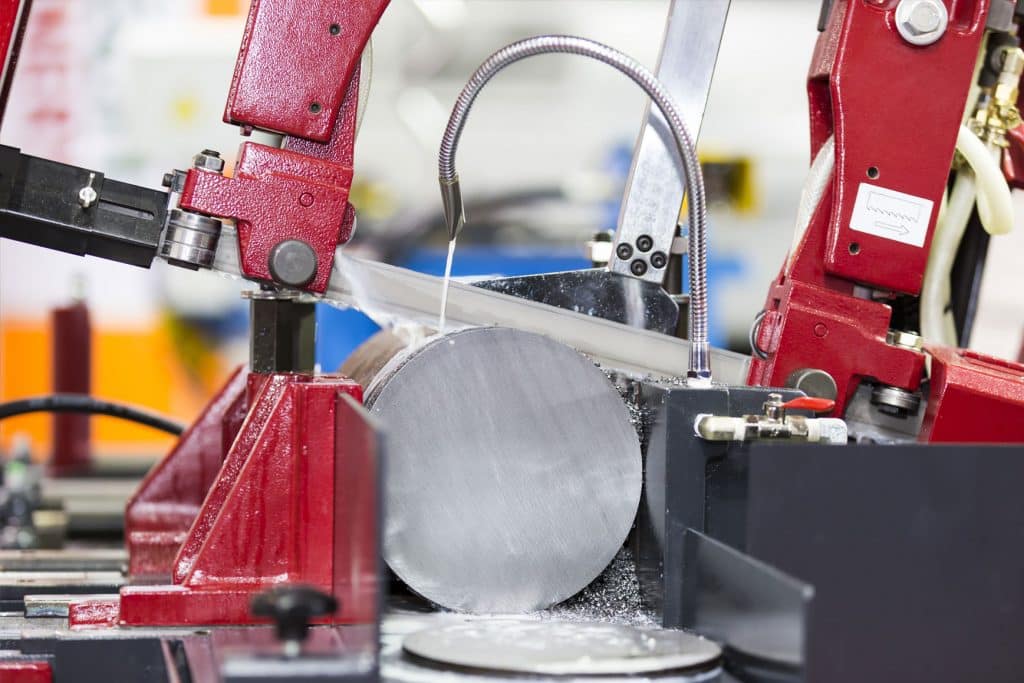Bandsaw blades, sadly don’t last forever, and sooner or later you will undoubtedly need to purchase and fit a new blade. However there is a lot you can do to prolong the life of your humble bandsaw blade, regardless of the machine you use, the materials you are cutting and the type of blade itself. Much of it is good housekeeping and diligence, while some of it is good old common sense.
Follow these five simple tips to ensure you and your bandsaw blade enjoy the longest and most productive relationship possible:
Ensure that the tension is correct
Different blades have different optimal tension settings and there are as many different tricks and tips for getting the tension right as there are models of bandsaw. As long as the blade is not slipping on the wheels when cutting, and the cut is straight then the tension may be satisfactory. If you notice a bow in the stock being worked on, especially when cutting thicker stock, then more tension may need to be added. The majority of machines have a tension guide which, although not always accurate, can offer a useful baseline. Although there is no substitute for experience and getting to know your machine, its sounds and performance will generally tell you a lot.
Ensure that the tooth pitch is correct for the cutting application
The tooth pitch of your blade must be suitable for the job in hand, if it isn’t then the quality of the cut can (and generally will) be adversely affected, and the lifespan of your blade drastically reduced. Whether you are cutting tube, solid, flat, I-beams you need the correct tooth pitch for these applications.
Always make sure that the swarf is cleaned off the blade after cutting
In short, if you look after your equipment, then generally it will look after you and this is where good housekeeping and a little common sense pays dividends. Getting rid of swarf after every cut will prolong your bandsaw blade’s life, as well as the life of the bandsaw itself.
Make sure that your coolant’s concentration is correct
A concentration that’s too low can lead to severe problems such as bacteria growth, corrosion and poor surface finish, all of which are bad news for the life of your hardworking bandsaw blade. Ensuring your coolant is mixed in accordance with the manufacturer’s instructions, and checked regularly is important.
Ensure the blade guides and carbide tips are clean and set correctly
With time and use, especially doing curved work, metal fatigue is inevitable which can lead to your blade snapping. The best way to mitigate this risk is by providing maximum support to the blade. Use the blade guides as close to the blade as possible and near to the work itself and ensure any swarf is cleaned off the tips after every use.
Published 11th October 2018


